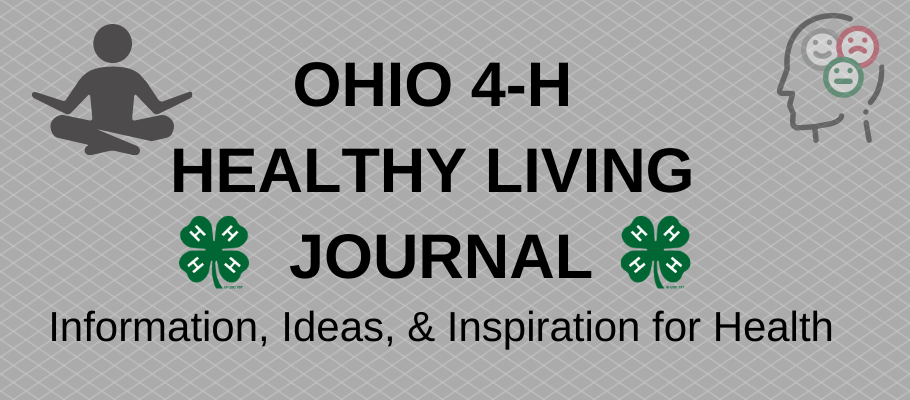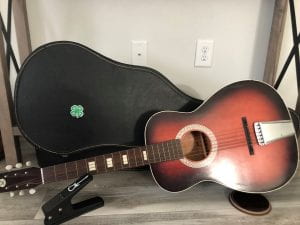By Justin Bower, Logan County 4-H Educator
When my wife and I moved to Logan County we planned on settling into this community and one of the things an adult is supposed to do when they move is to establish relationships with local providers and physicians. So my wife and I started looking for a Primary Care Physician, optometrist, dentist, and audiologist. This past week I finally was able to have my first visit with our eye doctor and I was surprised to be diagnosed with a Demodex infestation in my eyelashes.
Demodex is a mite that lives in the eyelash follicles and sebaceous glands in the eyes. They live in the follicle during the day and then come out at night and crawl around the face and leave a build-up of cylindrical dandruff in the eyelashes. This can cause red, puffy, irritated eyelids, and dry eyes.
As I was trying not to freak out about the little bugs that live in my eyelashes my doctor calmed me down and assured me that Demodex is quite common and very treatable. It’s more common with adults who are over 45 (some research suggests 75% of adults over 45 have had Demodex mites) so it was a little odd that I had quite the build-up of junk in my eyes for my age but my doctor had a plan. He gave me a certain wash for Demodex that I rub on my eyes every morning and evening. He also emphasizes the importance of washing my eyes regularly with warm water and a cloth. I’ll keep using the wash and in two months I go back to my optometrist to make sure they are gone.
For more information about Demodex Mites check out this YouTube video.
So what does any of this have to do with Mental Health? Well since my eyes also got dilated that day, I came home and wasn’t able to see details clearly since my pupils were so large from dilation. I was home alone, couldn’t do any work on a screen, couldn’t watch TV, couldn’t check my phone, so I just sat. As I was sitting I felt myself getting angry. Now I could have been angry about a lot of things (the frustrating state of our country, the exhaustion of dealing with COVID, the overwhelming amount of work I’ve had recently, the frustration of working from home, etc.). Yet, my anger came out saying “Great! Mites! Because why not one more thing!?!? It’s not enough to deal with everything else but now I have to fight microscopic bugs in my eyes!” As I sat and stewed for a bit I tried to challenge my anger and change my thinking.
You see, health is complex. This month Ohio 4-H is promoting mental health BUT the important thing to recognize is that physical health is linked with mental health. It is harder for people who struggle with physical health to be mentally healthy and the opposite can be true too. For example, if someone doesn’t have a healthy immune system it is possible for that person to establish chronic depression through a poor immune system.
“You can, and perhaps should start having conversations about your mental health with your Primary Care Physician.”
Also, as my wife and I have been having to fill out all the forms for our first-time doctor visits there is always a section about mental health. It’s pretty routine for your primary care physician to ask about your mental health and how you are doing. It’s so important that we are regularly going to our doctors. Our doctors are there as a team to understand the complex tapestry of your health. They work together to show you where you are doing well, where you can do better, and where there might be a concern. A common myth is that you have to wait till you get a psychiatrist or therapist to start talking about your mental health BUT you can, and perhaps should start having conversations about your mental health with your Primary Care Physician. They might be able to give you some insight, recommend someone, or clarify some questions you might have.
As much as I’m frustrated with having eye mites I know that taking care of my body and my health is key to keep fighting the mental battle and exhaustion I am feeling about this pandemic, my work, and my country. So if getting diagnosed with Demodex mites forced me into a time of reflection to better my own mental health, then I’ll keep moving forward, eye mites, mental health, and all!
Here’s my challenge for you:
Make sure you are checking in with your doctors regularly.
- If you do not know how often you should be seeing each doctor, give them a call and they should have a recommendation.
- If you need to establish a relationship with a doctor, ask your friends and family in the area who they use and see if they are taking new patients.


















